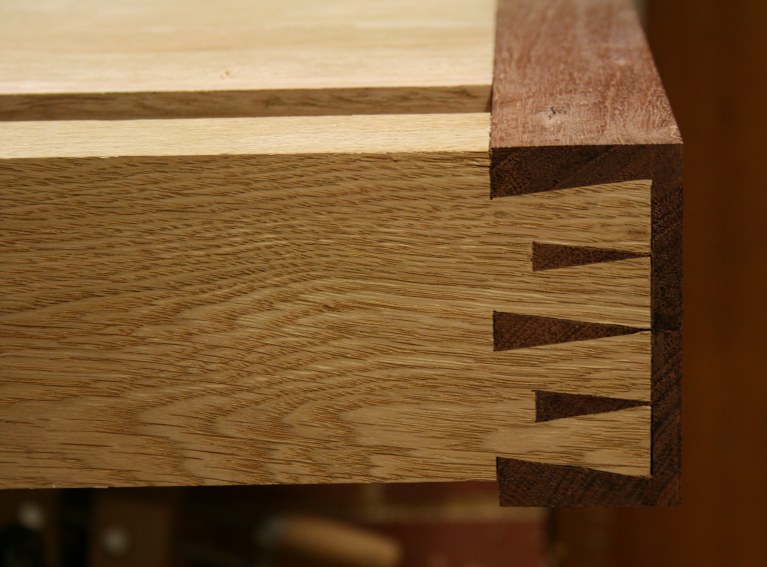Those are very nice "first timers". As Bill said, nothing that a little bondo can't fix. One thing I found very helpful was to video my cutting stroke, a trick I learned from a world champion billiard player, and it never failed to get rid of the yipps. Much like shooting pool, (IMHO) the shoulder the elbow and the wrist all need to be in the same plane for the cut at hand, and stay there thru the cutting action. I noticed that as I was starting the cut my elbow was in tight, but then I let it flare out a bit as I got to it and the saw would waver (can't think of a different term) during the rest of the cut. Since I fixed that, guides are a thing of the past. Keep making them - they are fun to do.
Stand for something, or you'll fall for anything.




 Reply With Quote
Reply With Quote










